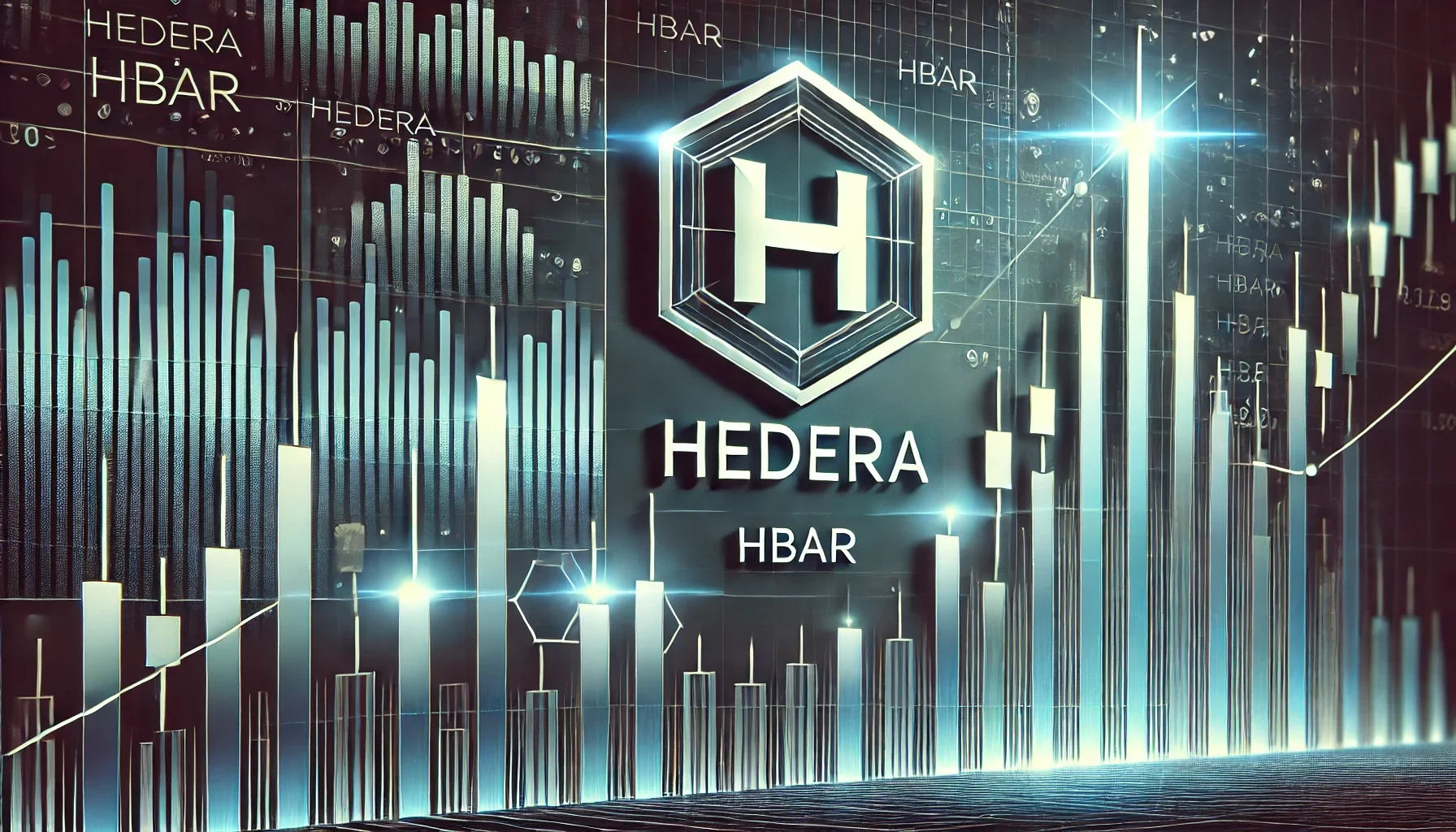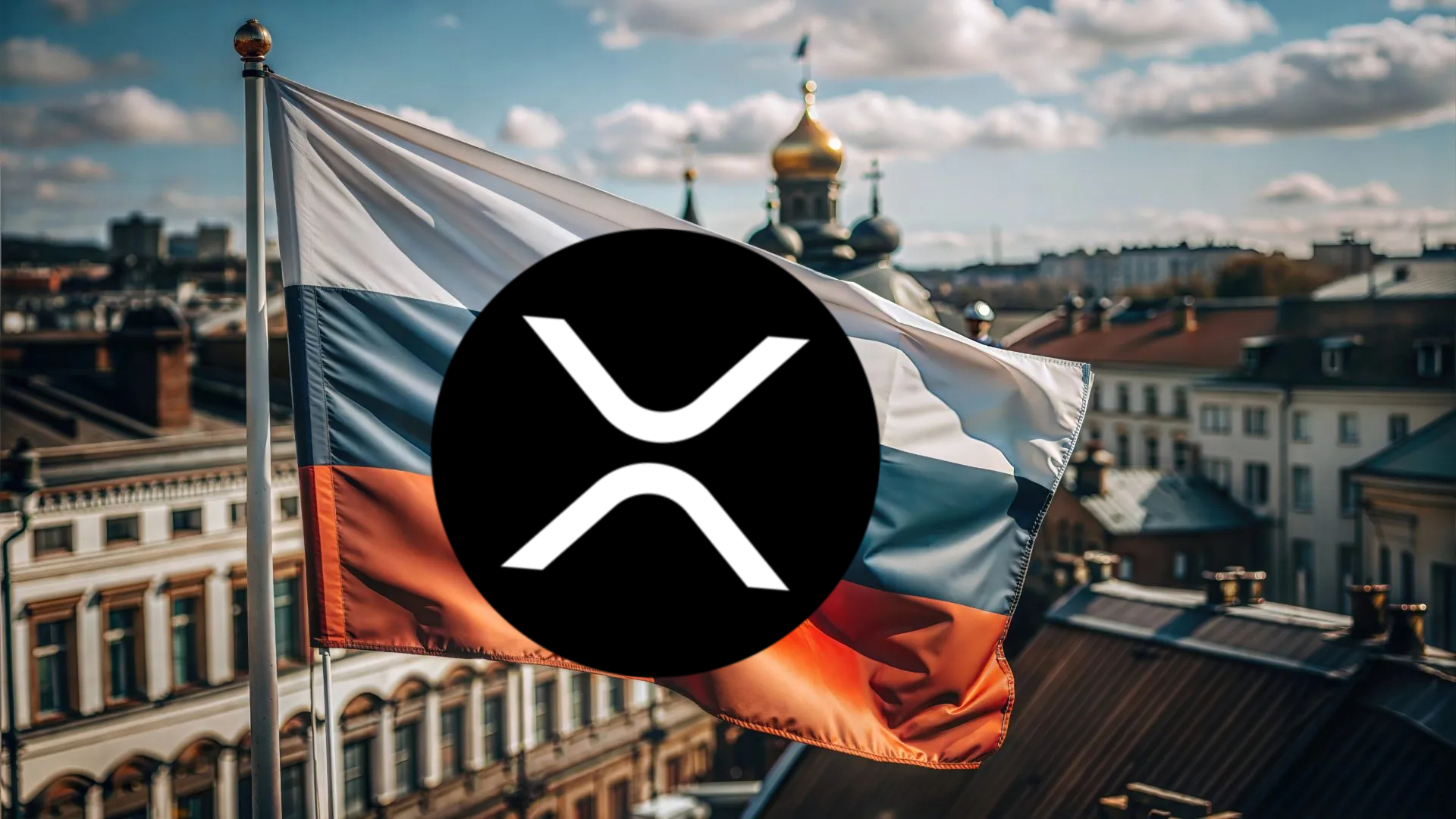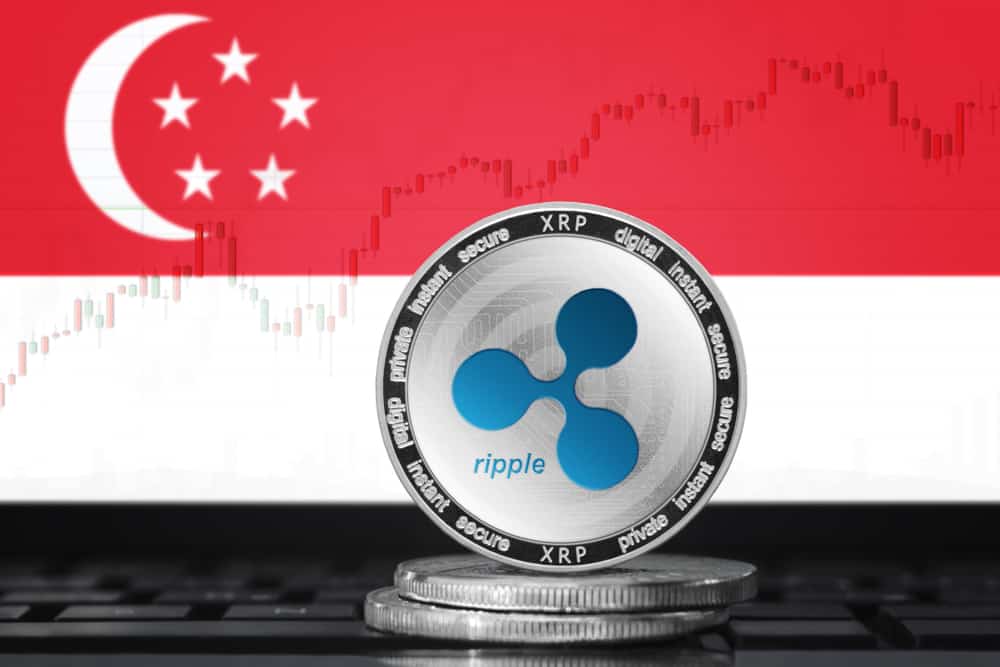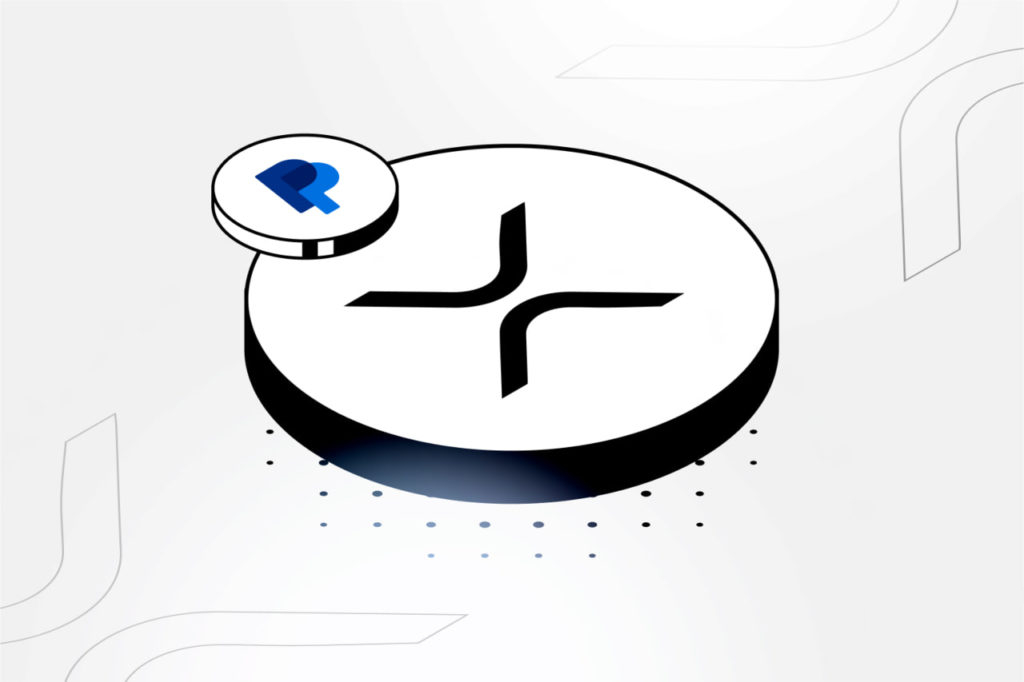If Hedera (HBAR) has been flying under your radar, it won’t be for long. The current price doesn’t reflect the game-changing innovations happening behind the scenes, making this moment one of the best opportunities to buy before the market catches up. Curious why? Here are 8 compelling reasons to remain bullish on this project:
- Revenue Growth: Although the token itself is down around 50% in the last quarter, the project’s revenue is up over 130%. Hedera is generating significant and growing revenue from transaction fees, enterprise use cases, and partnerships. The Hedera network supports various enterprise-grade applications, from supply chain management to decentralized finance (DeFi), that generate consistent revenue streams. The network’s ability to generate sustainable income from real-world use cases makes it fundamentally strong, yet its current market price doesn’t fully reflect this potential.
- Partnerships and Security: Hedera’s partnerships with global giants such as Google, IBM, and LG provide it with a significant advantage over other blockchain projects. These companies are not just passive partners but active participants in Hedera’s governance, development, and ecosystem. These partnerships also ensure a level of security and trust that few other blockchain projects can match. This decentralized governance model prevents any single entity from controlling the network, making it more secure and robust against attacks. In an era where security concerns are paramount, Hedera’s approach should command a premium in the market, yet it remains undervalued. This deep integration and endorsement by trusted global brands signal Hedera’s strong future potential. Many blockchain projects struggle to establish such meaningful partnerships, yet Hedera has them in abundance, making it significantly undervalued relative to its strategic importance.
- Development & On-Chain Activity on the Network: Hedera’s ecosystem is rapidly expanding, with over 2,100 developers participating in their recent hackathon and an increasing number of decentralized applications (dApps) being built on the network. The active development community and continuous improvements to the network, such as the introduction of new features like Hedera Token Service (HTS) and Hedera Consensus Service (HCS), indicate a robust and growing ecosystem. Hedera also regularly boasts over 100,000,000 transactions every 24 hours, as can be seen on the project’s website homepage. This level of development and on-chain activity is typically associated with higher market valuations, suggesting that HBAR is undervalued relative to its potential.
- Transaction Speed and Efficiency (TPS): Hedera can handle over 10,000 transactions per second (TPS), far surpassing the capabilities of many other leading blockchain platforms like Bitcoin and Ethereum, which handle around 7 and 30 TPS, respectively. This scalability makes Hedera highly efficient for enterprise-grade applications, including micropayments and supply chain tracking, yet its market valuation does not reflect this competitive advantage. The high TPS, combined with low transaction fees, positions Hedera as a leader in the DLT (Distributed Ledger Technology) space, yet it remains undervalued compared to projects with less advanced technology.
- Comparison to Other Projects: When comparing Hedera to other blockchain projects with similar or higher market caps, Hedera appears undervalued given its technological advantages and enterprise adoption. For instance, Hedera’s transaction throughput (TPS) and governance model are superior to many higher-valued blockchains like Ethereum or Solana, yet Hedera’s market cap remains significantly lower. This suggests that the market has not fully recognized or priced in Hedera’s capabilities and potential.
- Innovativeness: Hedera’s Hashgraph consensus algorithm offers a unique combination of security, fairness, and speed that is unmatched by traditional blockchain technologies. This innovative approach not only makes the network more efficient but also ensures that it can scale securely as adoption grows. Despite these technological advancements, Hedera’s market price does not fully account for the innovation and potential disruption it brings to the blockchain space.
- Strategic Positioning in Emerging Markets: Hedera is strategically positioned to capitalize on the growing trends of tokenization and DeFi. The network’s low fees and high transaction speed make it an ideal platform for these use cases. As the tokenization of assets and the DeFi market continue to expand, Hedera is likely to capture a significant share of this growth, further enhancing its value. However, current market conditions have yet to fully recognize this potential.
- Community Strength: Hedera boasts a strong and growing community of developers, enthusiasts, and enterprise partners. This community plays a crucial role in driving the adoption and development of the network. The Hedera community is highly engaged, participating in governance, development, and advocacy, which helps to build momentum and attract new users to the platform. A strong community is often a leading indicator of a project’s long-term success, and Hedera’s community strength is a clear signal that the project is undervalued relative to its potential. On CoinMarketCap, community sentiment is currently 75% bullish and only 25% bearish, showing that despite the significant decline in price, the community sentiment remains strong.
Conclusion:
Hedera (HBAR) appears to be significantly undervalued when considering its revenue-generating capabilities, strong partnerships, technological superiority, and strategic positioning in emerging markets. Compared to other blockchain projects with similar or higher market caps, Hedera offers more in terms of real-world application, scalability, and innovation, yet it is trading at a lower valuation. As the market begins to realize the full potential of Hedera’s technology and its enterprise-grade use cases, HBAR has substantial room for appreciation.
HBAR Positioned for Massive Growth in $10 Trillion RWA Market by 2030





